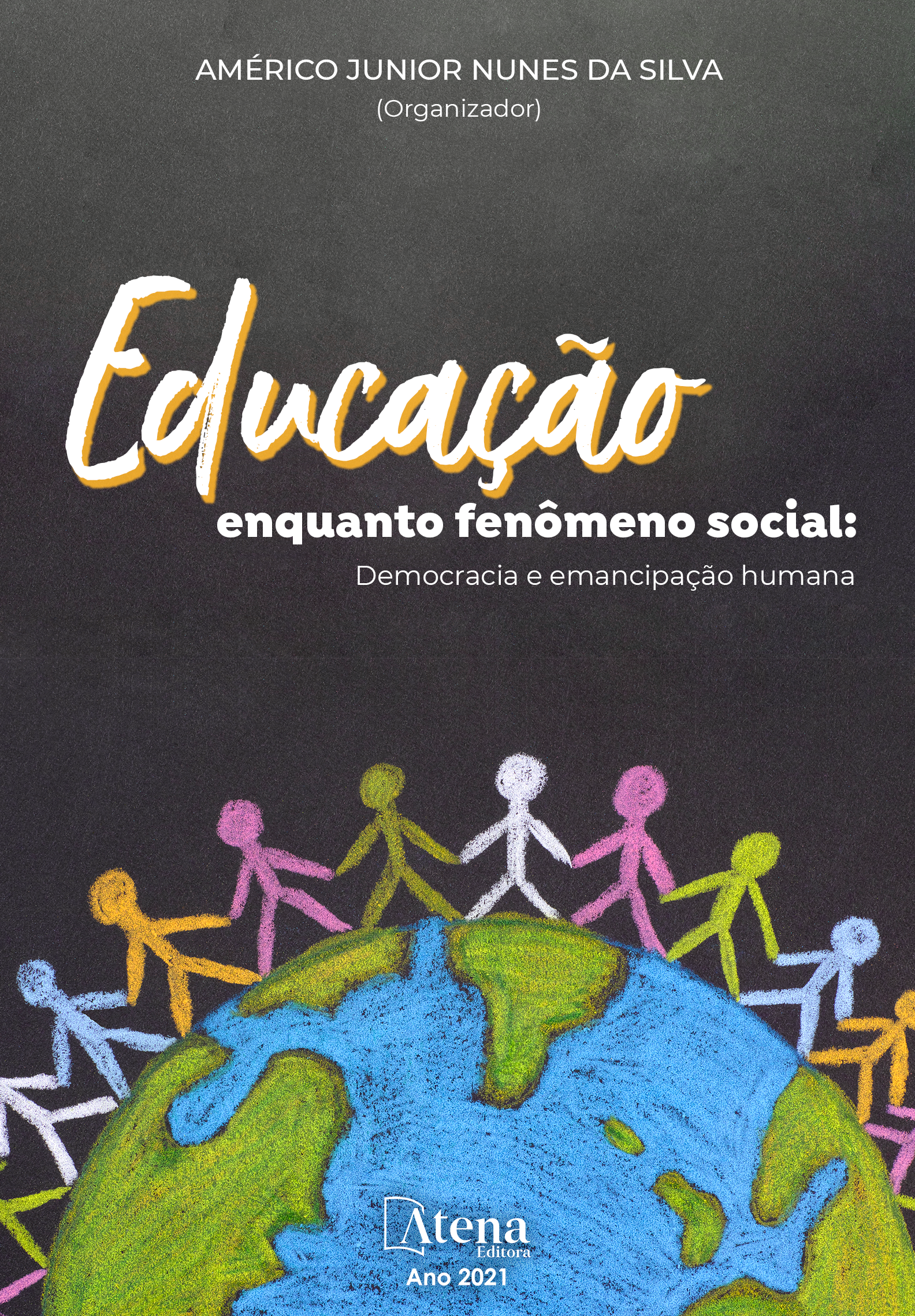
“MANUEL DA ROSÁRIA”: APONTAMENTOS PARA O ESTUDO DAS HISTÓRIA(S) DA EDUCAÇÃO DOS/AS NEGROS/AS NO SUDOESTE DE GOIÁS
Este texto tem como propósito discutir aspectos da história da educação dos negros no sudoeste de Goiás, no período do pós-abolição. De modo mais específico, analisamos a fotografia de uma turma de estudantes do Colégio Novaes, datada de 1921. Nela, podemos visualizar uma criança negra vestida com uma espécie de uniforme militar e segurando uma corneta. A presença da criança na fotografia e a forma como foi representada nos fez questionar sobre o acesso e a permanência de crianças negras na educação escolar em Jataí, neste período. Para tanto, consideramos o registro fotográfico da turma de estudantes como uma fonte visual e buscamos cruzar as interpretações que fizemos dela com a bibliografia sobre a temática. Considerando as análises que fizemos, supomos que Manuel poderia receber algum tipo de ensino diferente daquela dos demais colegas ou, ao menos, alguma formação complementar que o preparava para o exercício de algum serviço. Supomos, também, que ele pudesse ser um dos alunos da escola militar autorizada a funcionar no Colégio Novaes.
“MANUEL DA ROSÁRIA”: APONTAMENTOS PARA O ESTUDO DAS HISTÓRIA(S) DA EDUCAÇÃO DOS/AS NEGROS/AS NO SUDOESTE DE GOIÁS
-
DOI: 10.22533/at.ed.52921031120
-
Palavras-chave: Educação. Negros. Pós-abolição.
-
Keywords: Education. Blacks. Post-abolition
-
Abstract:
The purpose of this text is to discuss aspects of the history of black education in the southwest of Goiás, in the post-abolition period. More specifically, we analyze a photograph of a class of students from the Colégio Novaes, dated 1921. In it we can see a black child dressed in a kind of military uniform and holding a bugle. The presence of the child in the photograph and its representation made us question about the access and permanence of black children in school education in Jataí, in this period. To this end, we considered the photographic record of the students' class as a visual source and sought to cross-reference our interpretations of it with the bibliography on the theme. Considering the analyses we made, we suppose that Manuel could have received some kind of education different from that of the other colleagues, or at least some complementary training that prepared him for the exercise of some service. We also suppose that he could be one of the students of the military school authorized to function in the Colégio Novaes.
-
Número de páginas: 16
- Murilo Borges Silva


